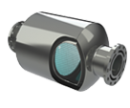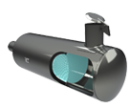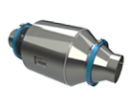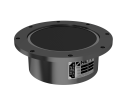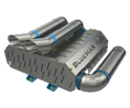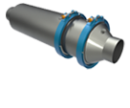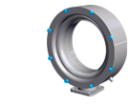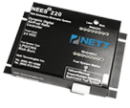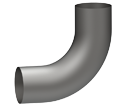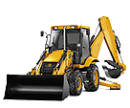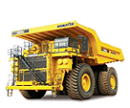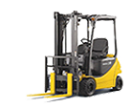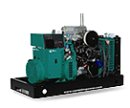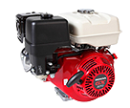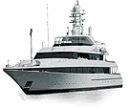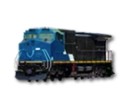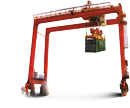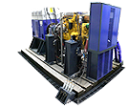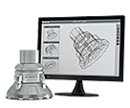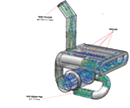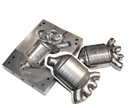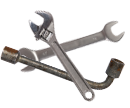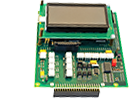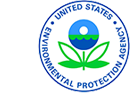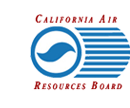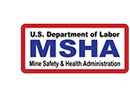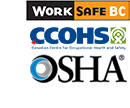Emission control solutions for LPG, CNG and gasoline engines
EPA Lists BlueMAX™ 100 SCR System as an Emerging Technology for Nonroad Applications
The U.S. Environmental Protection Agency (EPA) has placed Nett Technologies Inc.’s BlueMAX™ urea-based selective catalytic reduction (SCR) system on the National Clean Diesel Campaign’s Emerging Technologies List. The system is approved for use in Emerging Technology applications on nonroad, 4-cycle, heavy-duty diesel Caterpillar engine models 3306, 3116, 3406 in the 75-450 kW (100-600 hp) power ranges, originally manufactured from 1996 through 2008.
Nett’s BlueMAX™ SCR system is designed to effectively control nitrogen oxides (NOx) emissions from medium- and heavy-duty diesel engines. The system uses a urea control strategy that relies on a NOx concentration measurement by a sensor positioned upstream of the SCR catalyst. Based on the NOx sensor signal, in combination with an engine mass air flow sensor and temperature sensor, the necessary urea dosing rate is calculated by the control algorithm. The NOx sensor-based control strategy makes the system very suitable for retrofit applications. No time-consuming calibration (such as through engine mapping) is necessary, and the system can be installed on a wide range of diesel engines, including mechanical engines. The Nett BlueMAX™ SCR system also controls diesel particulate matter (DPM), hydrocarbons (HC) and carbon monoxide (CO).
Nett is known for its ability to provide direct-fit (catalyst assembly replaces the equipment’s original muffler) solutions through an integrated approach of application engineering and manufacturing. The Nett BlueMAX™ SCR system is offered as a direct-fit design; this simplifies the installation and offers a customized cost-effective solution to a sophisticated emission control problem.
Information on the EPA’s Clean Diesel Emerging Technologies Program
The Clean Diesel Emerging Technologies Program is an opportunity to advance new technologies to reduce diesel emissions from the existing fleet. EPA is providing funding assistance to eligible entities to deploy diesel emission reduction technologies which are not yet verified or certified by the EPA or the California Air Resources Board (CARB). To qualify as an emerging technology, the manufacturer of the technology must be in the initial stages of the verification process with EPA or CARB and listed on EPA’s Emerging Technology List.
Reducing emissions from diesel engines is one of the most important air quality challenges facing the country. Even with EPA’s more stringent heavy-duty highway and nonroad engine standards set to take effect over the next decade, millions of diesel engines already in use will continue to emit large amounts of nitrogen oxides, particulate matter and air toxics, which contribute to serious public health problems. For more information visit: http://www.epa.gov/otaq/diesel/prgemerg.htm

